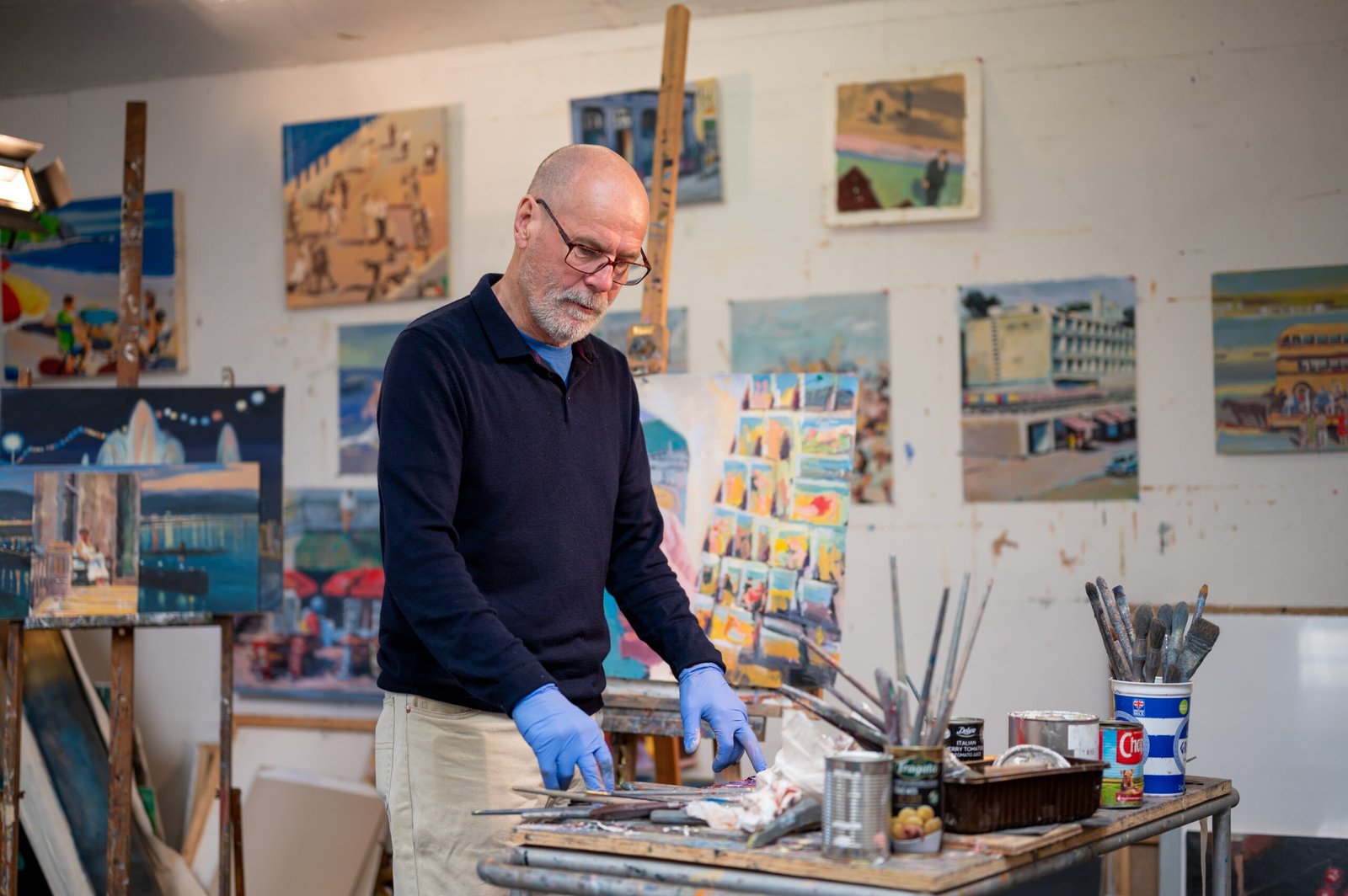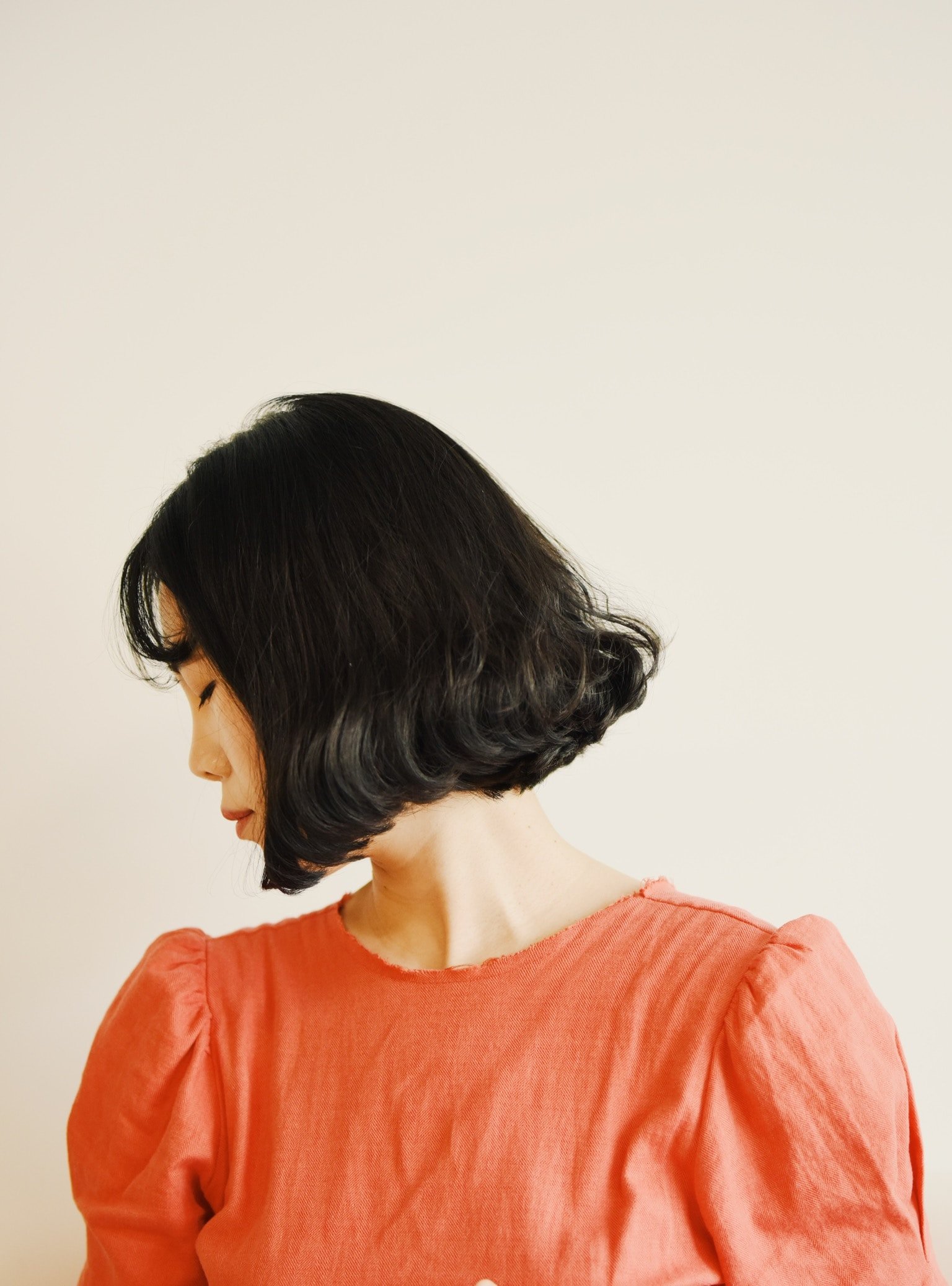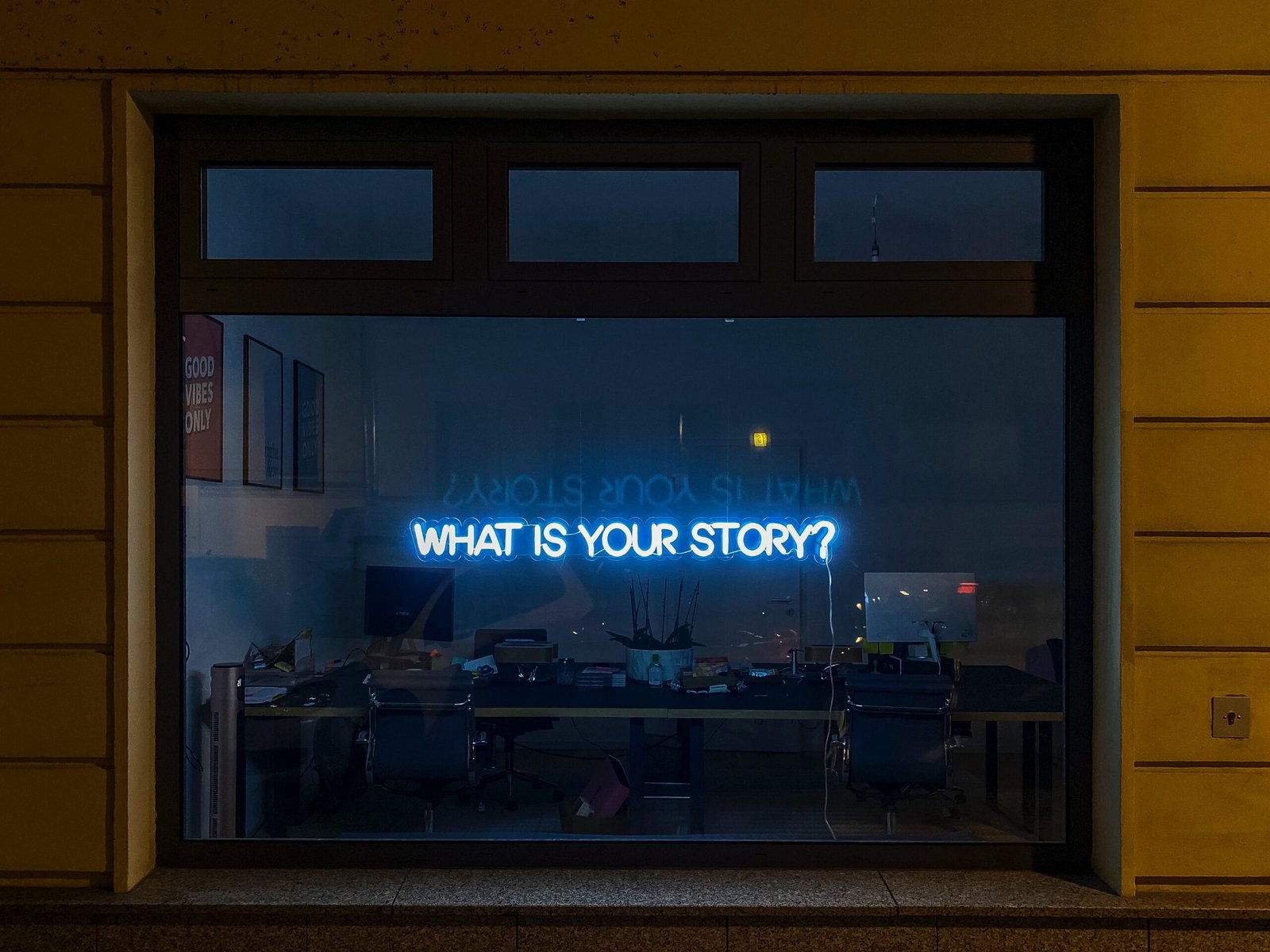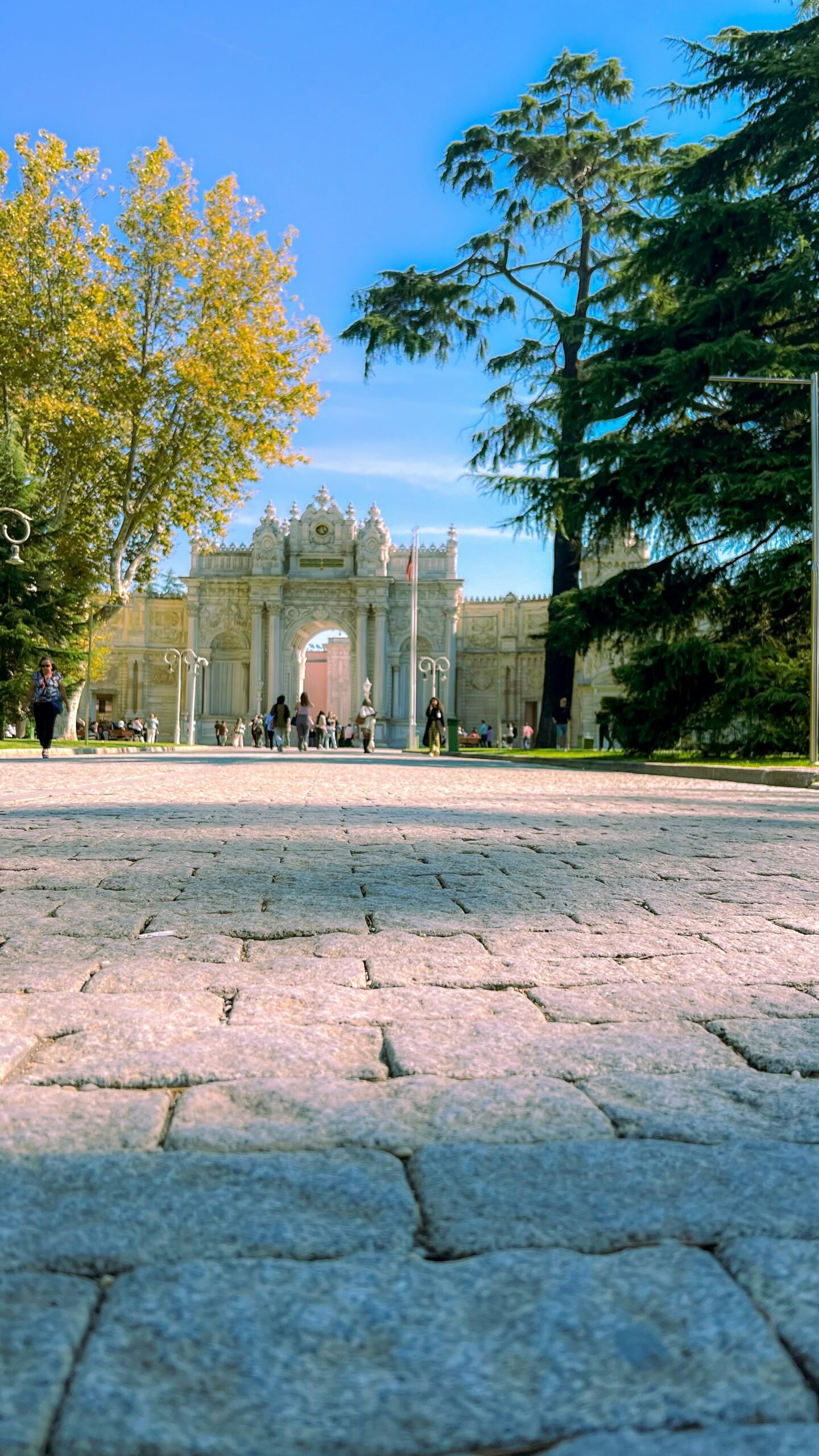Introduction
Art is a reflection of society, and throughout history, various art movements have emerged to challenge traditional norms and push the boundaries of creative expression. In this blog post, we will delve into the fascinating world of modern art movements, exploring their origins, key characteristics, and notable artists. We will also discuss the current trends in modern art, providing you with a comprehensive understanding of this ever-evolving field.
Understanding Modern Art Movements
Modern art encompasses a wide range of artistic styles and movements that emerged during the late 19th and early 20th centuries. These movements sought to break away from traditional artistic conventions and explore new ideas, techniques, and subject matters. Let’s explore some of the most influential modern art movements:
1. Impressionism
Impressionism, which emerged in the late 19th century, focused on capturing the fleeting impressions of light and color in the natural world. Artists such as Claude Monet and Pierre-Auguste Renoir used loose brushstrokes and vibrant colors to convey their subjective experiences of the world.
2. Cubism
Cubism, pioneered by Pablo Picasso and Georges Braque, revolutionized the way we perceive reality. This movement rejected traditional perspective and instead depicted objects from multiple viewpoints, breaking them down into geometric shapes and fragmented forms.
3. Surrealism
Surrealism, influenced by psychoanalysis and the subconscious mind, aimed to explore the irrational and dreamlike aspects of human experience. Artists like Salvador Dalí and René Magritte created fantastical and often bizarre imagery, challenging the boundaries of reality.
4. Abstract Expressionism
Abstract Expressionism emerged in the United States in the mid-20th century and emphasized the spontaneous and emotional expression of the artist. Artists such as Jackson Pollock and Mark Rothko used bold brushwork, drips, and abstract forms to convey their inner emotions.
5. Pop Art
Pop Art, which emerged in the 1950s and 1960s, celebrated popular culture and consumerism. Artists like Andy Warhol and Roy Lichtenstein incorporated images from mass media and advertising, blurring the lines between high and low art.
Current Trends in Modern Art
Modern art continues to evolve, with new trends and movements emerging in response to contemporary issues and advancements in technology. Here are some current trends in modern art:
1. Digital Art
With the rise of digital technology, artists are exploring new mediums and techniques to create innovative and interactive artworks. Digital art encompasses various forms, including computer-generated imagery, virtual reality installations, and interactive digital experiences.
2. Street Art
Street art has gained significant popularity in recent years, with artists using public spaces as their canvas to make bold statements and engage with the community. This form of art often incorporates graffiti, stencils, and murals to convey social and political messages.
3. Environmental Art
As environmental concerns become increasingly urgent, artists are using their work to raise awareness about sustainability and the impact of human activities on the planet. Environmental art often involves site-specific installations, recycled materials, and collaborations with scientists and environmental activists.
4. Conceptual Art
Conceptual art challenges traditional notions of aesthetics and focuses on the underlying concepts and ideas behind the artwork. Artists often prioritize intellectual engagement and critical thinking, using various mediums and unconventional materials to convey their concepts.
FAQs
Q: Who is considered the father of modern art?
A: While modern art is a collective movement with many influential figures, Pablo Picasso is often regarded as one of the pioneers who revolutionized the art world with his innovative approach and diverse styles.
Q: Are modern art movements still relevant today?
A: Absolutely! Modern art movements continue to shape contemporary art practices and inspire artists worldwide. The exploration of new ideas, techniques, and subject matters remains an integral part of the artistic journey.
Q: How can I appreciate modern art if I don’t understand it?
A: Understanding modern art can be challenging, but it’s important to approach it with an open mind and a willingness to explore different perspectives. Take the time to research artists and movements, visit galleries and museums, and engage in conversations with art enthusiasts to deepen your understanding and appreciation.
Tips for Exploring Modern Art
1. Visit art galleries and museums to experience modern art firsthand.
2. Engage in discussions with fellow art enthusiasts to gain different perspectives.
3. Read books and articles on modern art movements and artists.
4. Attend art workshops and lectures to deepen your knowledge.
5. Follow contemporary artists on social media to stay updated on current trends.
6. Trust your instincts and allow yourself to form personal connections with artworks.
7. Experiment with creating your own art to gain a deeper understanding of the creative process.
Conclusion
Modern art movements have played a pivotal role in shaping the artistic landscape and challenging traditional norms. From Impressionism to Digital Art, each movement reflects the spirit of its time and the ever-changing world we live in. By exploring these movements and staying informed about current trends, you can develop a deeper appreciation for modern art and its ongoing impact on society.
Now, it’s your turn to delve into the world of modern art. Share this blog post with others and encourage them to explore the diverse and captivating realm of artistic expression.









